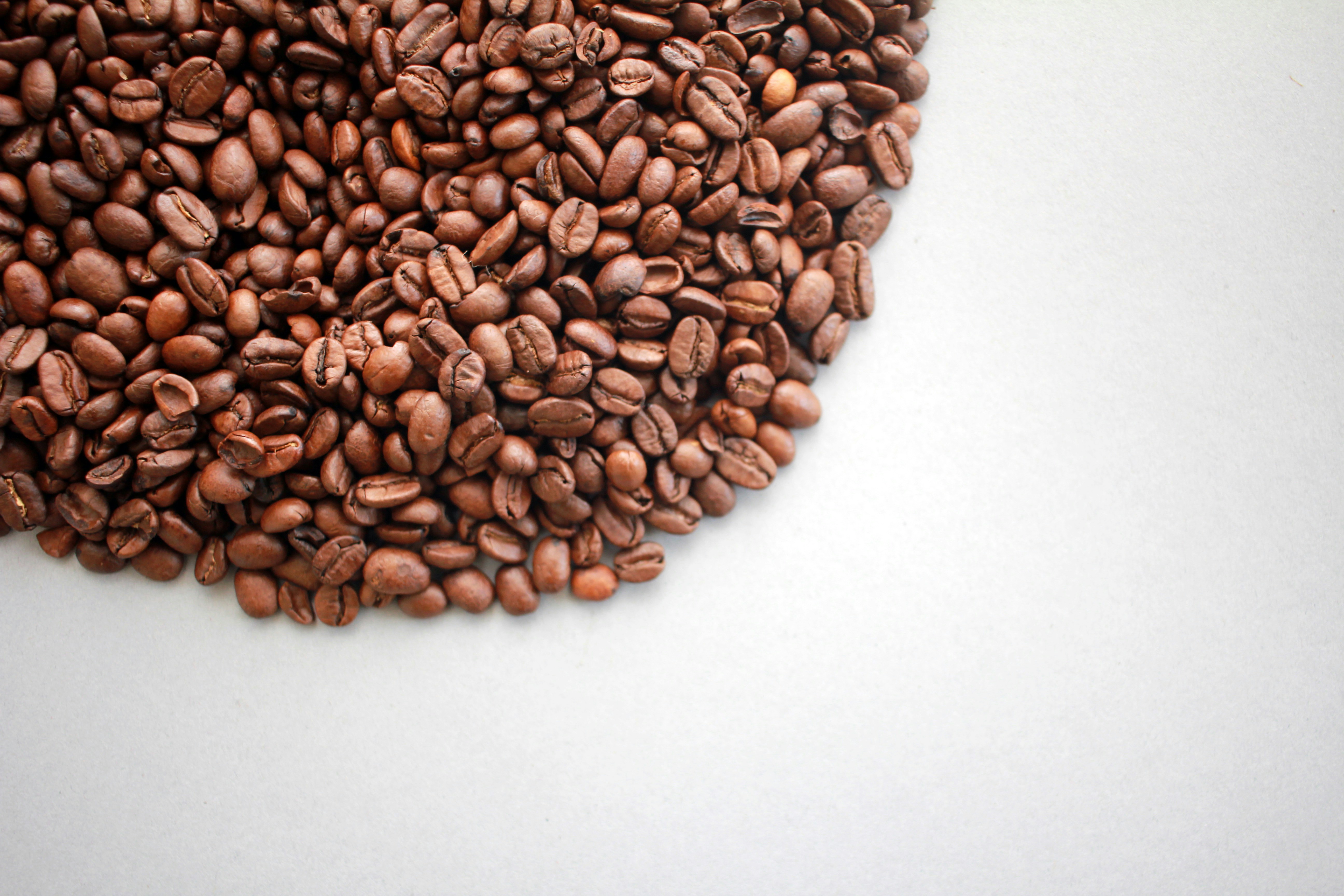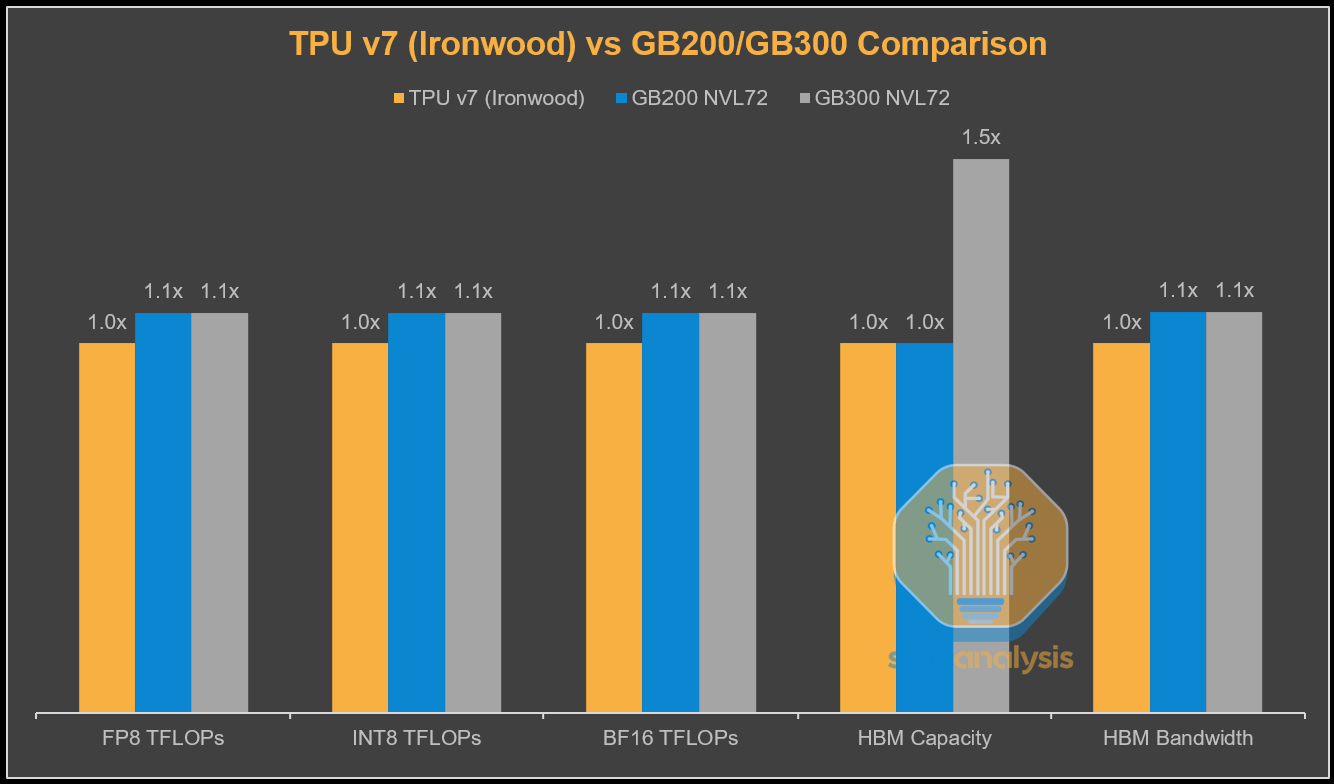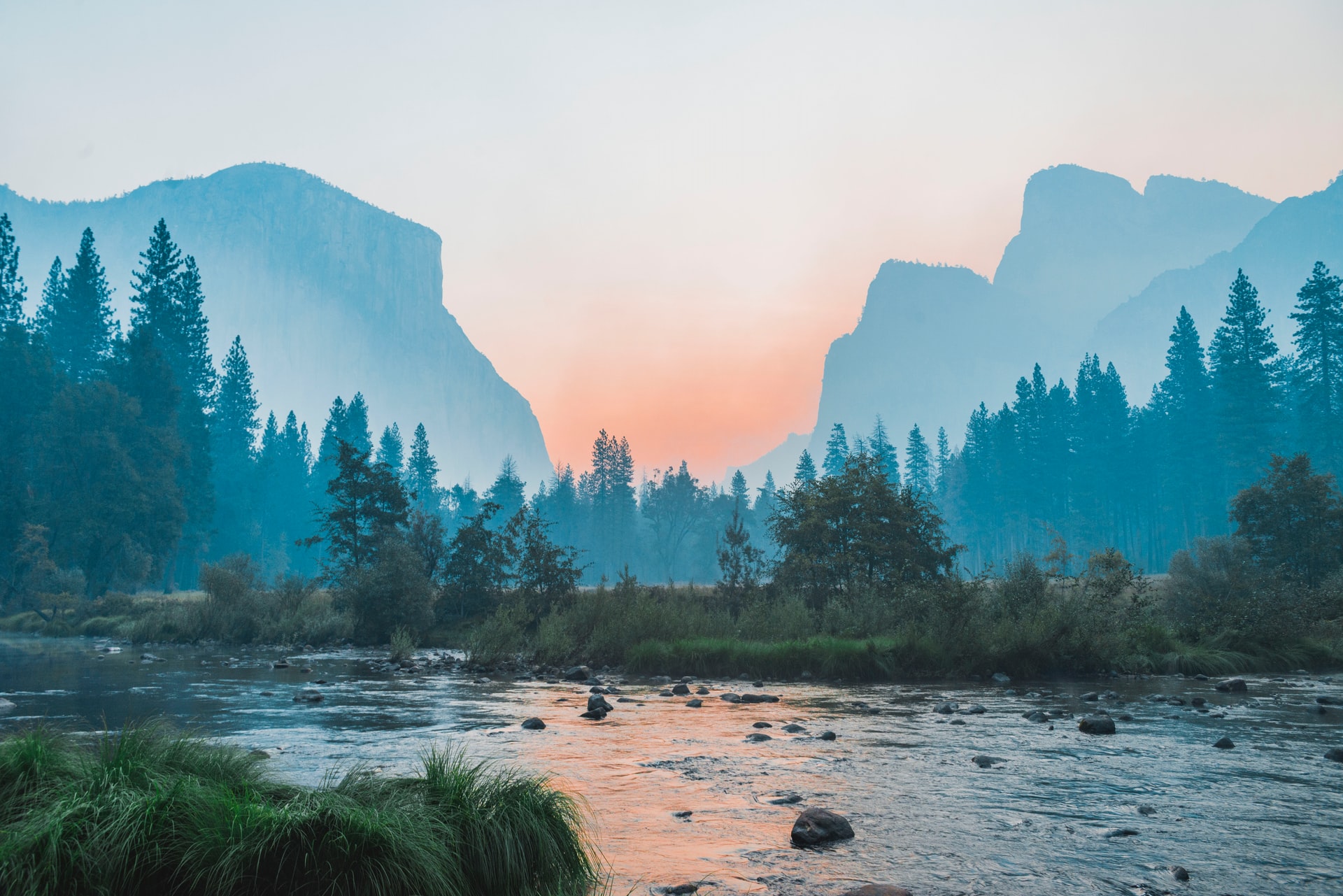How to Make the Best Pour Over Coffee Like a Pro
For a coffee enthusiast, nothing gives as much gratification as participating in every step of the coffee-making process and making the most out of the precious, well-loved beans. From choosing the roast to getting the perfect grind and to choosing the approach of extracting that liquid gold, it’s as much a ritual as it is an adventure into the pristine world of caffeine.
While there are many ways of making your own cup of coffee, nothing can be compared to pour-over coffee for a “big coffee lover who knows his cup”, and the golden line always is how to make a consistently amazing cup of one.
[TOC]
GET GOOD COFFEE BEANS
Different Shades of Coffee Roasts
There is a real distinction between light, medium and dark roast coffee, and we are talking about more than just the color of the coffee beans when they are removed from the roaster.
Light Roast Coffee
If you find yourself enjoying coffee with a sweeter, more tangy taste, light roast coffee is your go-to order.
- Light roast coffee beans are roasted between 175-200°C to either just before or right at the first crack. Word has it that coffee roasters in the 80s realised when high-quality beans are roasted for a shorter time, more complex flavours are unlocked.
- Many like light roasts for its milder taste — it is less bitter, though more acidic to the tongue. Having been exposed to heat for a shorter time, the beans offer some delicately nuanced flavours, retaining much of the original taste imbued from the soil they have been grown in.
A cup of light roast coffee reveals traces of sweetness and fruity undertones, often with a subtle floral aroma.
Medium Roast Coffee
Next, the medium roast coffee, an all-rounder in the coffee roasting realm. Coffee beans are roasted a little longer than the light roast until the colour turns a slightly darker shade of brown.
- Medium roasts are typically exposed to temperatures between 200-220°C, roasted to the end of the first crack or the beginning of the second.
- These coffee beans offer a multilayered complexity in taste. While many of the coffee’s original flavours are preserved, the beans are also roasted until they begin to reach a deep caramel sweetness.
As a result, your cup of medium roast coffee is most likely to be sweet in flavour with prominent notes of fruit, chocolate and caramel, highly aromatic and less acidic. For those who prefer a more balanced flavour profile, you can’t go wrong with a medium roast.
Dark Roast Coffee
Traditionally, dark roast is used to mask defective or lower grade coffee beans. They are roasted to a point where one is no longer able to taste any of the discerning qualities.
- The dark roast happens roughly at the end of the second crack or slightly beyond, reaching a little over 230°C. At this stage, the coffee’s original flavours (bright tones) are typically overshadowed by the roasting qualities, which are bold and rich in body and texture as well as a hallmark aroma familiar to most.
- Lately though, coffee roasters are no longer roasting away the bad flavours, but creating dark roasts to bring out the deeper and darker yet pleasant notes in coffee beans.
The right dark roast sometimes reveals a decadent dark chocolatey flavour or toasted pine. It’s hard to miss dark roast; the dark shiny appearance from the oily beans will give away the roast.
Freshness Matters
Check the Roast Date
On each bag of specialty coffee, you’ll notice a roast date. Check for this when buying your coffee beans. Restock your coffee every one or two weeks. Only buy as much as you and your household need.
Degassing Valve
Near the top of your bag of coffee, you may have noticed a small round piece of plastic with a couple of holes. This is a degassing valve. It lets the CO2 gases out while keeping the oxygen at bay, keeping your coffee fresher for longer.
Storage
Sunlight and moisture are the coffee beans worst enemy. Keep them out of the sun and do not put them in your fridge or freezer. Changing your beans climate from cold to warm will cause condensation that will do more damage than good.
Keep your beans in an air tight or sealed container. If your bag of beans doesn’t have a zip lock, store them in a glass or ceramic jar, and put them away in a kitchen cupboard. Easy!
HOW TO MAKE AMAZING POUR OVER COFFE
Step 1. Boil water. Measure out at least 600g (20 oz) of water and boil it. The ideal water temperature for pour over coffee is somewhere between 195F and 205F. So when our water has started boiling, turn off the heat and let it sit for 30 seconds to one minute.
Step 2. Grind the coffee.
- It’s best to use freshly ground coffee of your choice, so grind just enough coffee beans you need for serving your pour over coffee. Professional baristas and home coffee enthusiasts alike swear by investing in a quality burr grinder for a consistent grind that also results in even coffee extraction.
- A good ratio to go by for pour over method is 60 grams of beans for every 1 liter of water, or you can try a coffee to water ratio of something between 1:12 and 1:17. Still, you can make your adjustments based on your own preference.
Step 3. Pre-wetting the filter.
- Rinse your paper filter to ensure that your coffee doesn’t have any paper taste. It also ensures that your filter sticks to the sides of your dripper for a better fit.
- Place the filter in the dripper over your cup or carafe, and then for about five seconds, carefully pour hot water all over the filter in a circular motion. Then, discard the water that runs through the filter and into the cup.
Step 4. Make the coffee bloom.
Pour the coffee grounds into the filter and gently tap it to make sure that the grounds settle evenly. Make sure that your pour-over dripper is placed snugly on top of your cup.
Then, add just enough of the hot water to ensure that all of the grounds get wet. This process of blooming the coffee releases carbon dioxide while making the grounds swell and expand. This also releases the beans’ wonderful smell and flavor, priming you for the delicious cup ahead.
Step 5. Make the first pour.
- Pouring over coffee may be straightforward, but it still requires some form of finesse. When you finally pour your hot water onto your beans, remember to take your time instead of just dumping all the water.
- The right way to pour over coffee is by pouring water slowly over the grounds, in a circular motion. Start at the outer edge of the coffee, the one that hits the filter, and slowly move towards the center, saturating all the grounds evenly. This should take roughly 15 seconds. Then stop and allow your coffee to drip before making the second pour.
Step 6. The second pour.
- Once you see that there aren’t a lot of extracted coffee dripping, or that the coffee grounds are not saturated with much water anymore, it’s time to make your second pour. The interval from the end of the first pour to the beginning of the second should be around 30 seconds.
- Starting from the center of the filter, slowly pour in a steady stream of hot water, again in a circular motion, toward the outer edge and then back at the center. Make sure that you’re not missing the outer edges of the beans.
- This even and circular motion that goes in and out and in again helps prevent the grounds from bunching up irregularly around the filter, missing the extraction. It also creates something of a turbulence that stirs the coffee in the filter so that the water comes in contact throughout all the coffee grounds. This should take roughly between 45 to 65 seconds, depending on how much coffee and water you have.
Step 7. The third pour. As the coffee mixture goes through the filter to extract your precious brew, pour in additional water using the same slow and steady motions as the second pour. This will take 15 to 20 seconds.
Step 8. The fourth and final pour. As the mixture falls down into the bottom of the filter and into your cup, make your fourth and final pour. This should take 15 to 20 seconds as well. Then, remove the dripper and serve your coffee.
And there you have it—a delicious, full-flavored pour over coffee that will make caffeine gods and baristas proud. Enjoy!
FLAVOURED COFFEE AND HOW IT IS MADE
It wasn’t until a couple of hundred years ago when the Middle Easterners started blending nuts and spices with coffee. Using natural ingredients that were readily sourced, they created their own rendition of flavoured coffee.
Infusing with Flavouring Oils
In most cases, flavoured coffee is made by infusing one or more flavouring oils into the beans. These oils can either be made from natural oils, synthetic flavour chemicals, or a mixture of both.
- Natural oils are extracted from plants or spices such as vanilla pods, cocoa beans, nuts and berries. However, other flavours are mimicked in a laboratory. Flavour components from the natural oils are isolated and mixed to reproduce the desired flavour, therefore deriving its name – natural and artificial flavouring.
Adding Fresh Spices
If you enjoy the aroma and taste notes that spices bring, you can easily make your own flavoured coffee without buying questionable ones that are laden with chemicals and preservatives.
- For a quick solution, simply mix the grounded spices with coffee powder, add hot water, and the coffee will pick up the flavouring as it brews.
- However, be wary of fine powders such as cocoa and cinnamon as they tend to clump up and clog coffee-making gadgets. As a precaution, ensure that the mixture is always well-mixed and proportioned.
- For more intense flavouring, leave a whole piece of spice that isn’t broken up into your airtight coffee bean storage container. Although it may take a few days to get a significant spice taste into your beans, your coffee will not have an overbearing spice kick.
Coffee Flavouring Syrups
Rather than infusing beans with vanilla pods and cloves, most coffeehouse chains use packaged coffee syrups that are manufactured in an industrial laboratory for time and cost-efficiency.
- However, these syrups provide consistent quality and flavour, offering a sense of tradition with flavours such as toffee, caramel and hazelnut. Beware though, as these syrups are high in fructose corn syrup, food additives and preservatives.
- Here are six recommended liqueurs that bring a delicate yet complex set of flavours when added to coffee.
SINGLE ORIGIN COFFEE: WHAT IS IT, AND IS IT WORTH THE PREMIUM?
You’ve seen it emblazoned on bags of coffee beans and touted on cafe menus everywhere: the words “single origin”. But what does it mean and what’s the big deal, really? Is it just another meaningless marketing buzzword?
What is “single origin”?
“Single origin” means that the coffee beans were sourced from a single location, usually a region or country. Nowadays, however, it even goes as far as to mean that the beans were sourced from a single farm, estate or co-operative, which does make a difference to the end product that you drink.
There are three prominent industry bodies that were set up to assess the quality of single origin coffee, namely Cup of Excellence, Coffee Review and Coffee Quality Institute. This helps to keep a standard of quality so that consumers know what they’re getting.
Where does single origin coffee come from?
There are four main coffee bean-growing regions around the world: Central America, South America, Africa and Indonesia. These regions are collectively known as the Coffee Belt or the Bean Belt.
Each region produces coffee beans with their own distinctive flavour profile, so of course, every coffee drinker develops a regional preference when it comes to the coffee they like best.
- Central America (e.g. Costa Rica, Guatemala): Bright and acidic
- South America (e.g. Brazil, Colombia): Smooth and sweet
- Africa (e.g. Kenya, Ethiopia): Light and fruity, often citrusy
- Indonesia: Full-bodied and earthy
HOW TO GRIND COFFEE BEANS
When we brew a cup of coffee, we are extracting soluble flavors from coffee beans with hot water. This is called coffee extraction. Coffee doesn’t dissolve completely into water. In fact, only 30% of coffee is actually soluble. That’s why there are always grounds left over when we brew.
When brewing a cup of coffee, we are aiming for the sweet spot of between 18 – 22% coffee extraction. This is the window where coffee tastes delicious. There are many variables that can alter the coffee extraction and the taste of your cup. The grind being one of them.
Consistent Grind Size
If your grounds are uneven sizes, then the extraction of coffee will be inconsistent.
- The smaller grounds will extract quicker. This means the coffee will over extract, tasting bitter.
- The larger grounds will take longer to extract. Under extracting coffee tastes sour.
**This inconsistent extraction will make your cup of coffee unbalanced and it just won’t taste right. **So to get a better tasting cup of coffee, we must make sure that we grind coffee beans consistently and that they are the same size.
A uniform and consistent grind will produce an even coffee extraction, making your final cup of coffee taste balanced. If you’ve brewed your cup of coffee correctly, you’ll have created a sweet and tasty cup of coffee. Not too sour, not too bitter.
Grind Size Matters
Each brewing device requires a unique grind size. For example, an espresso shot calls for a finer grind, while a French Press requires a courser grind.
Grind coffee beans – brew, taste and tweak your grind size accordingly.
Burr or Blade Grinder?
Go burr! They produce a more consistent grind size than a blade grinder, and your coffee will taste better for it.
Burr Grinder
Most coffee lovers will tell you that a burr grinder is far superior when it comes to grind size and flavor. While more expensive than a blade grinder, burr mills are widely recognized for their consistency, quality, and overall uniformity.
A burr grinder, also called a burr mill, is made up of two revolving burrs in between which the coffee is ground. The beans are crushed between a moving grinder wheel and a non-moving surface.
- Conical burr grinders are the industry standard when it comes to burr grinders. They use a cone-shaped center burr with an outer serrated burr that helps produce well-ground coffee time and time again. And, its design is naturally energy-efficient and heat resistant, making it a great option for professional and home baristas. But, conical burrs don’t produce evenly ground coffee and if put under a microscope, you’d notice different sizes of bean in the mix. While this won’t impact the overall taste of your cup of coffee, some people do prefer a flat burr grinder for espresso. In fact, a flat burr became popular after it was introduced during the 2013 World Barista Championship.
- Flat burr grinders feature two donut-shaped burrs that face one another with very sharp edges. This design allows the beans to stay between the burrs until they are perfectly (and symmetrically) ground up, as opposed to conical burrs which can allow the beans to shoot out and stay somewhat intact. When all the coffee or espresso grounds are the same size, the flavor is very one-note, which can give baristas more room for creativity. But, flat burrs are louder than conical burrs and utilize more energy and heat during the grinding process, which makes them less ideal for commercial or even at-home use. But when precision is required, flat burrs are the better option.
Blade Grinder
A blade grinder is a machine that chops coffee beans and spices while mixing it. There is a blade in the center of the grinder that looks like a propeller, similar to a blade in a blender or a food processor. This grinder offers more power for faster grinding, but coffee grounds can be uneven in size.
The bottom line is that you should get the best quality grinder you can afford. Whether that’s a $20 blade grinder or a $100 burr grinder. A bad grinder can turn delicious coffee beans into a watery, sad cup of coffee.
PRE-GROUND COFFEE: WHAT’S THE DEAL?
Coffee is a perishable food type. When your coffee beans come into contact with oxygen, they start to go stale. The oxygen reacts with the freshly roasted beans and they start to lose their original aroma and flavors.
When you grind your coffee, it speeds up this aging process and flavor is lost even quicker. We advise you to buy whole bean coffee and get a burr grinder. Grind your coffee just before you brew so your coffee will taste fresh and full of flavor.
And the smell of freshly ground coffee in the morning… oh my!
How to Make the Best Pour Over Coffee Like a Pro
http://vincentgaohj.github.io/Blog/2020/12/20/How-to-Make-the-Best-Pour-Over-Coffee-Like-a-Pro/
](https://images.unsplash.com/photo-1598811872288-d7fd26d259f6?ixlib=rb-1.2.1&ixid=MXwxMjA3fDB8MHxwaG90by1wYWdlfHx8fGVufDB8fHw=&auto=format&fit=crop&w=1100&q=80)

](https://images.unsplash.com/photo-1605721303594-231664fc03cb)
](https://images.unsplash.com/photo-1490106087286-bd050867d86e)






